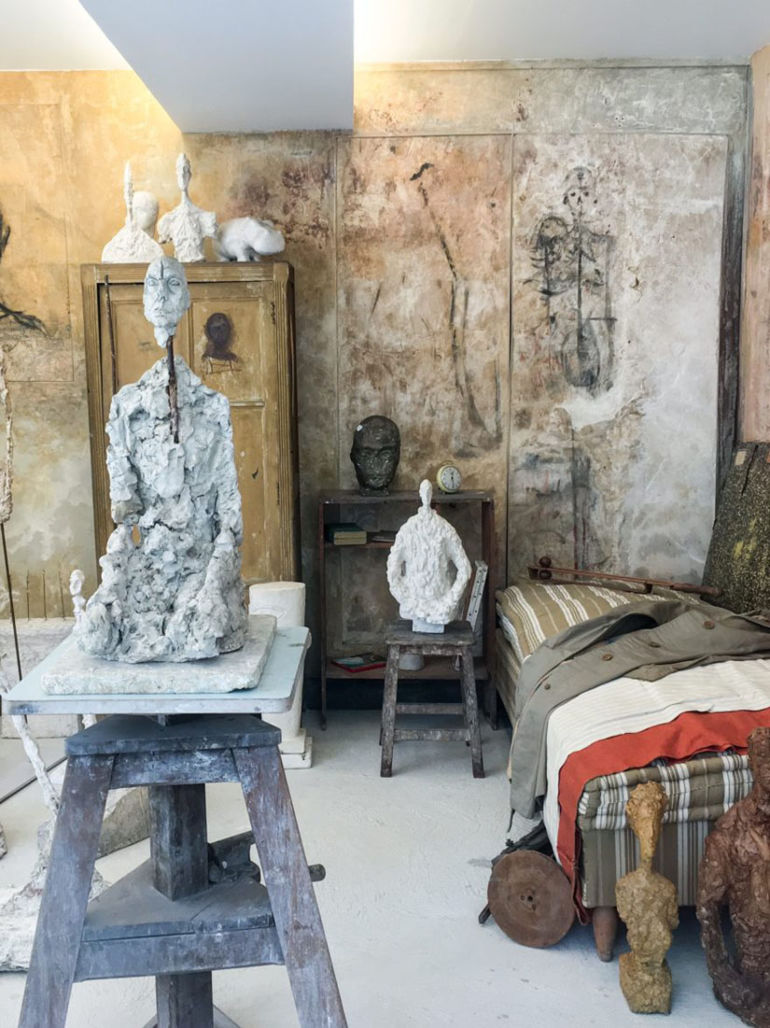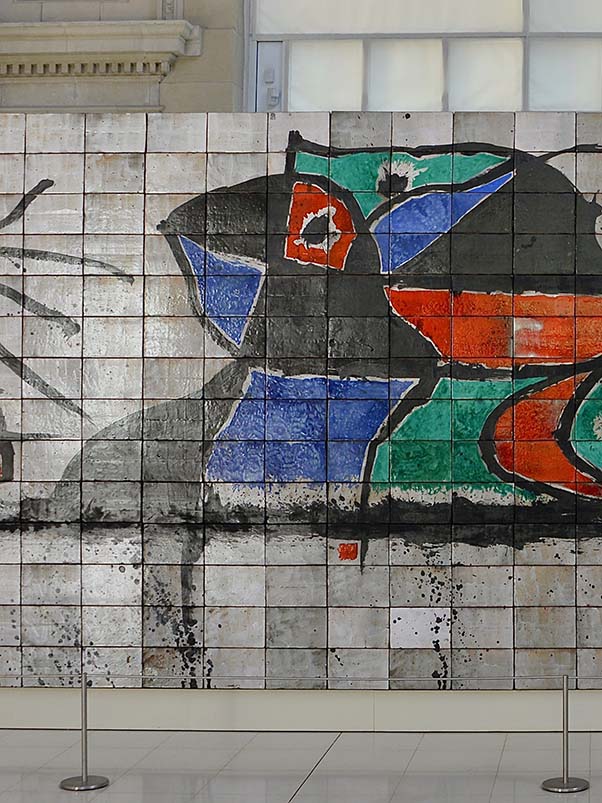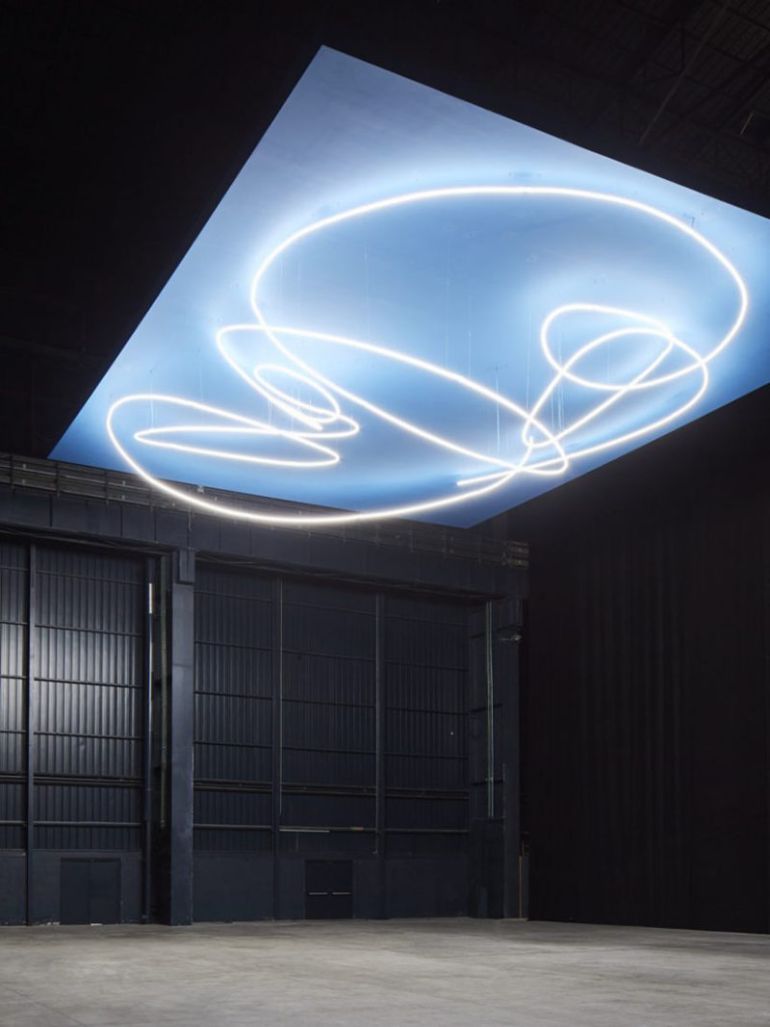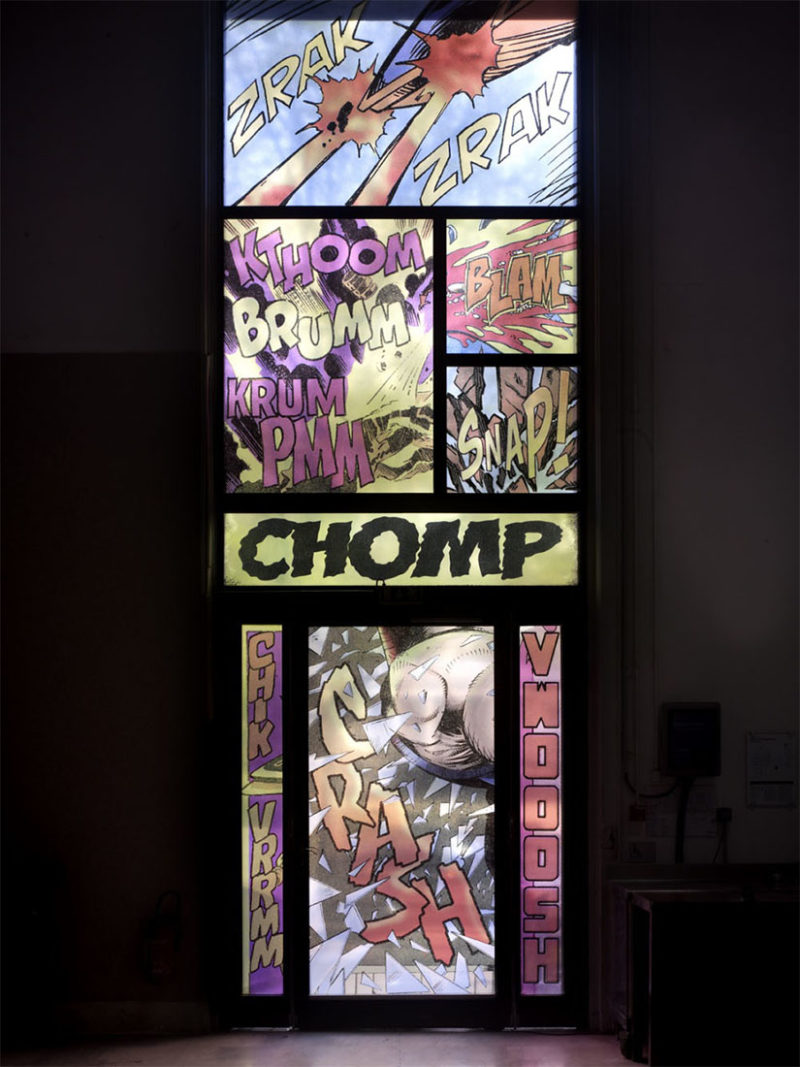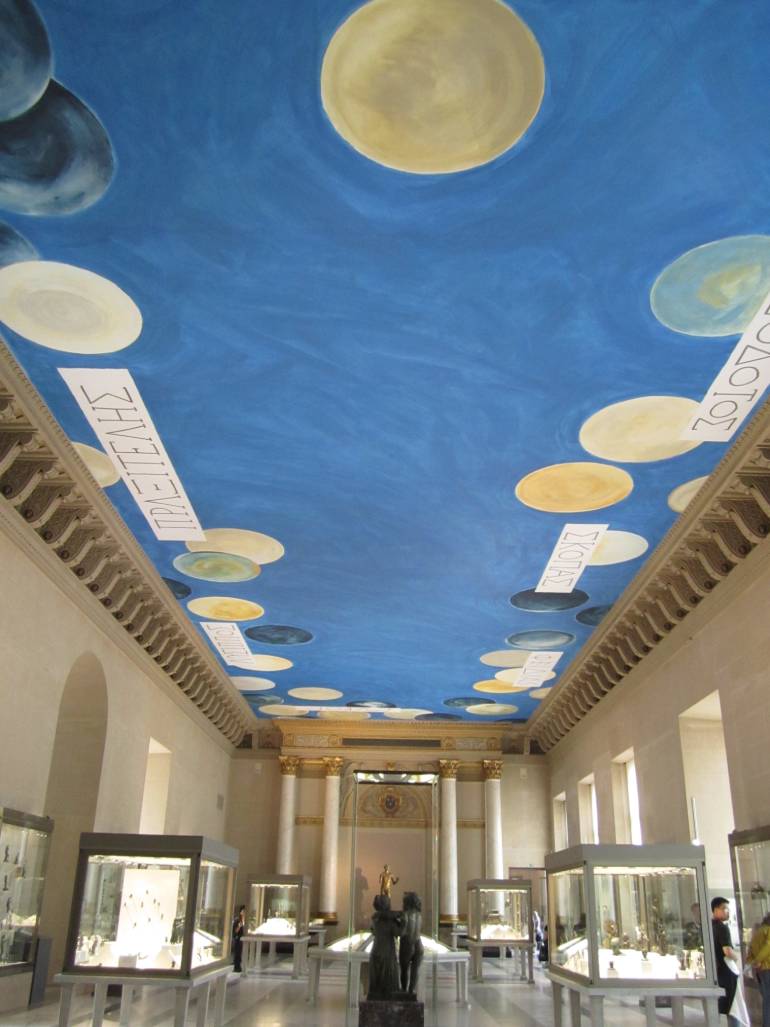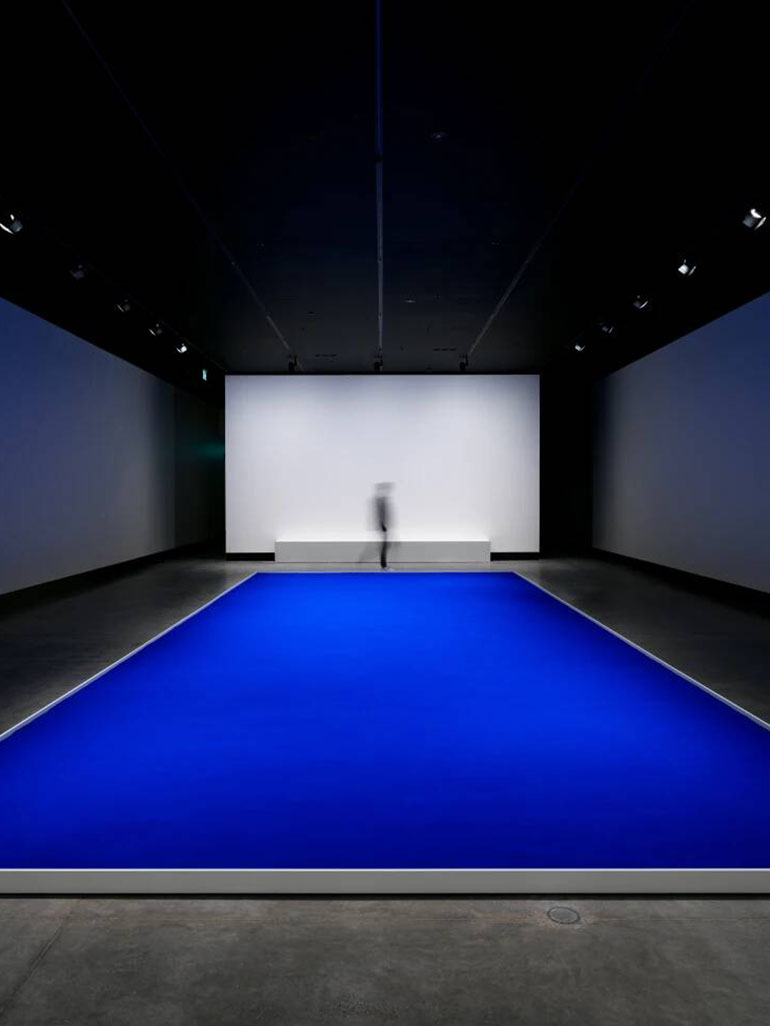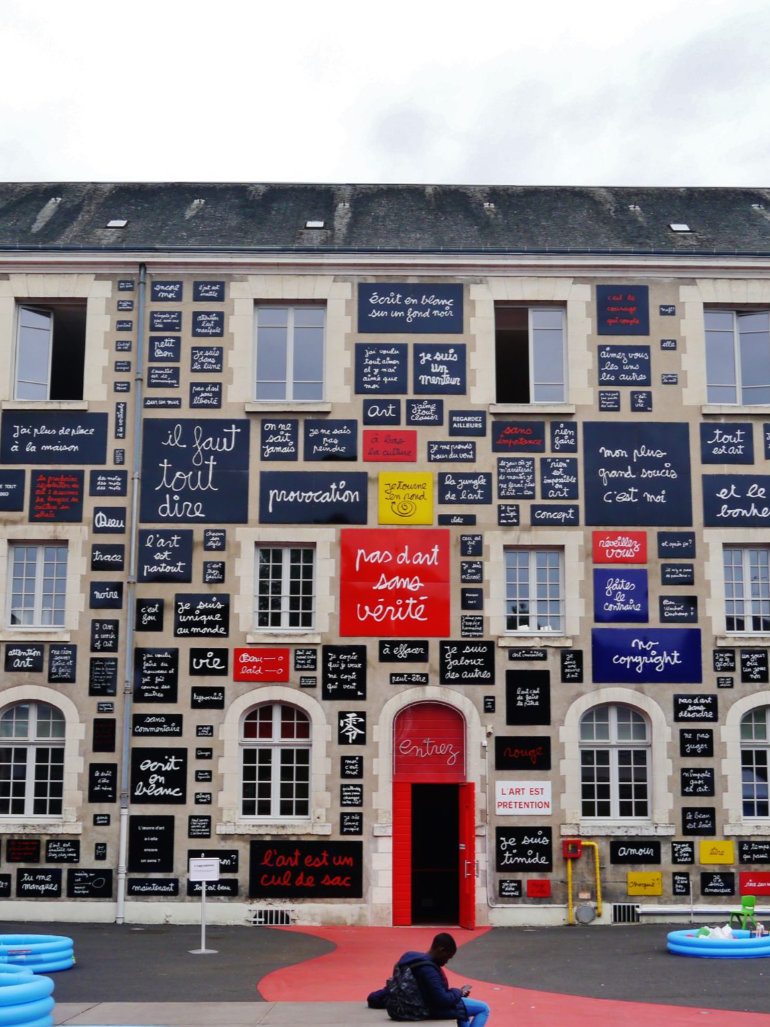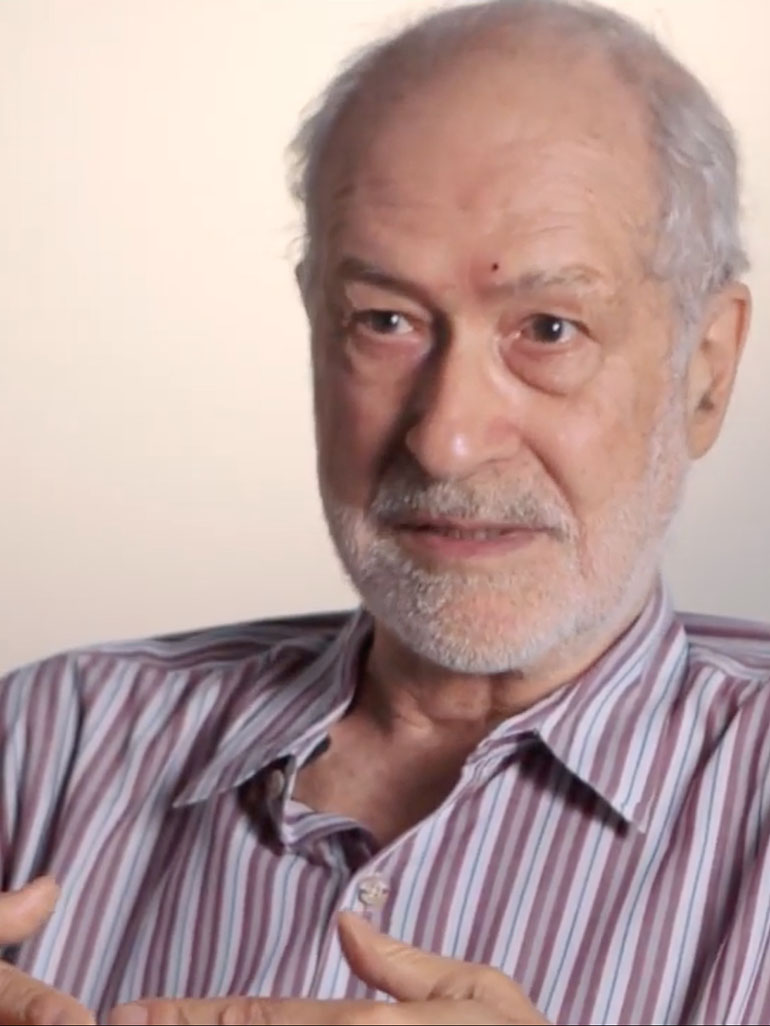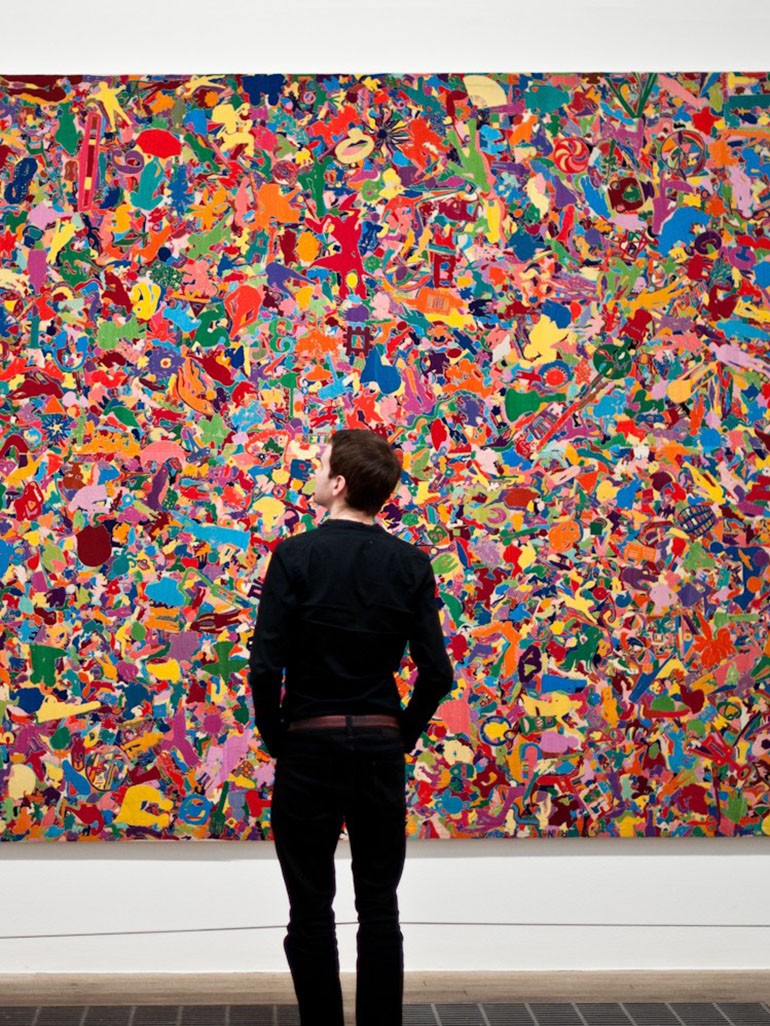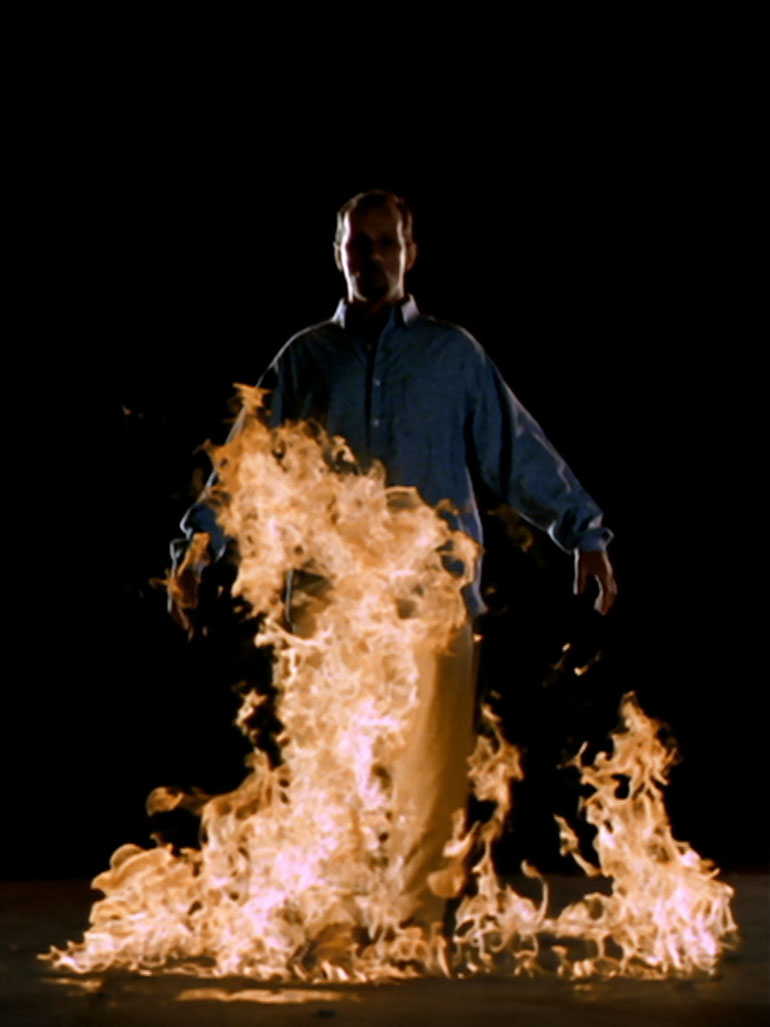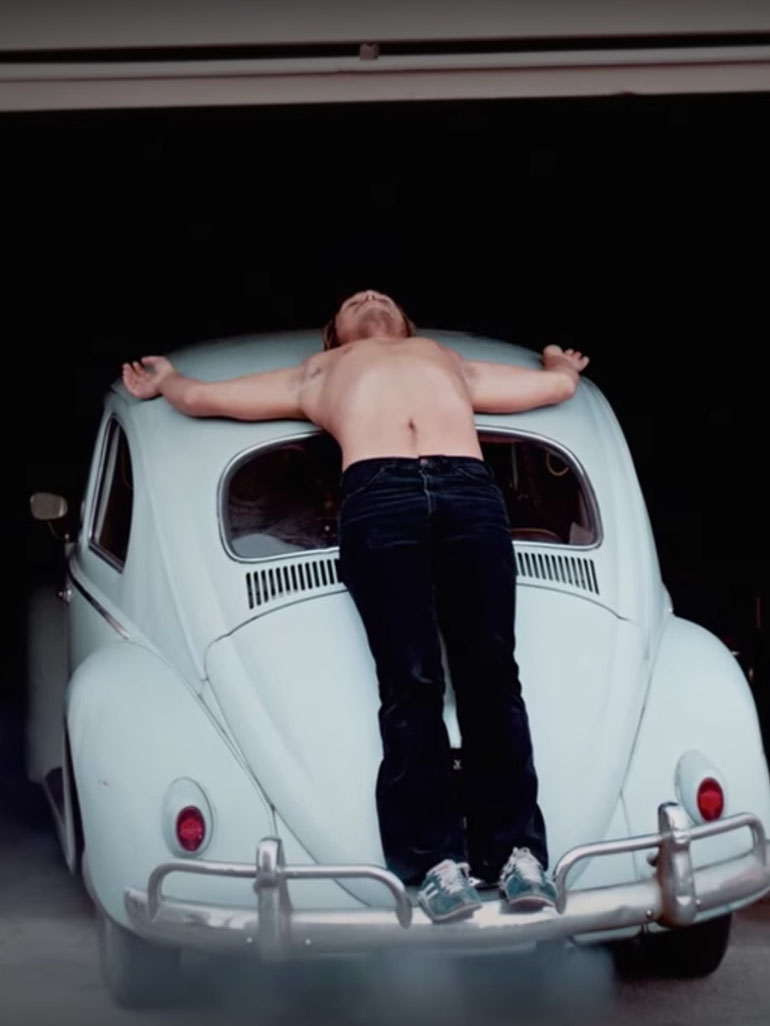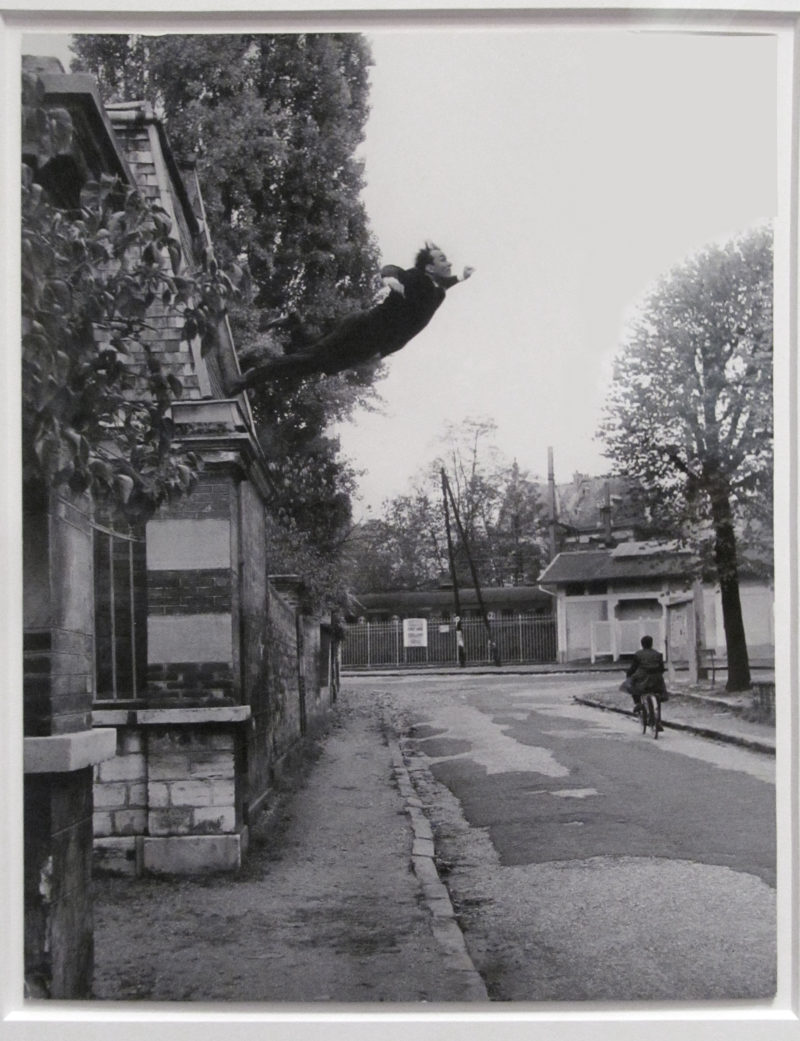
Who was Yves Klein?
Yves Klein was born on April 28, 1928, in Nice, France. He was associated with the Parisian Nouveau Realisme movement, which was headed by Pierre Restany. Klein was the only painter in that group but was, at the time, one of the most influential artists in the game.
Why was he important?
His radical skills and conceptual gestures laid a foundation for much of the art of the 1960s and 1970s. His media included gold leaf, pigments, fire, live nude models, actions, fire, water, and events. Klein never had any formal art training, though both his parents were artists and learned from them early.
During his short stint in Paris, Klein developed a spectacular range of avant-garde pieces, including Leap into the Void. However, he rejected the linear and reconceived form as value of impregnation, the filling of space with the pictorial immaterial sensibility.
Into the Void
One afternoon in the autumn of 1960, artist Yves Klein put on a clean, black suit and jumped off a roof. To him, and many people after that, it was a leap of faith, a spiraling vault out of conurbation, dashing the established artist into an incorporeal world he called the Void.
This action was photographically documented and later exhibited on newsstands across Paris, obviously rattling every soul that encountered it. Yet, for all this boldness, Klein was far from being crazy. This was a performance for his next exhibition planned to take place at the Iris Clert Gallery in April 1958. The artist decided to create nothing for the exhibition except what he termed Into the Void.
Into the Void is among the most well-known works by Yves Klein, as it was the one, alongside his initial work titled Monochrome that made him a household name in the art world. Nearly anyone in the art world is aware of the iconic portrait of Klein suspended in mid-air during the shoot of this famous work.
How it was created
The photomontage was created in October 1960 after the artist jumped from the rooftop of the house of his art dealer at Rue Gentil-Bernard in Fontenay-aux-Roses in Paris. The ironic thing about the house is that today, it is being replaced by a church – the Chapelle de Sainte Rita, an advocate of desperate cases, for whom that artist himself made an ex-voto during his lifetime.
Location
How his judo skills helped Klein
Yves Klein had been practicing judo before the shoot of Leap into the Void, and he considered it part of his artistic journey. He received the 4th Dan black belt at the age of 25, which was an outstanding feat for a westerner at that time. He also taught judo in Japan for two years and even wrote a book about the discipline titled Les fondements du judo.
The use of photomontage
His knowledge of judo sport is what made it easy for him to pull off the fall, though a jump from the roof of a building would injure just about any human being regardless of skills.
That is why he employed the use of photomontage. This is the process and result of creating a fused photograph by cutting, gluing, rearranging, and overlapping two or more images into a new picture.
The photomontage is a common practice in art, and the resulting composite photograph is shot in a way that the final image may even appear as a one-piece photogenic print.
The photographers
To create this iconic image, Klein asked photographers Jean Kender and Harry Shunk to develop a series of photographs documenting his fall. The original pictures had a group of seven people holding a tarpaulin for the artist to land in. These people were actually friends with Klein, and others were from the judo school not far away from where the whole thing was taking place.
The negative picture of the artist jumping was printed together with another negative showing the empty street. This was done in order to create the seamless “documentary” photograph that is Leap into the Void.
The two photographers who took part in creating Leap into the Void may not be known even in the world of art, but their photography facilitated numerous artworks in the 1960s and 1970s. Also, a focused exhibition at the Museum of Modern Art provides these two photographers the credit they deserve.
Their importance shows just how important the Leap into the Void influenced photography and turned it into an essential tool for artists to explore immateriality. In 1971, 27 artists developed ephemeral pieces on MoMA’s Pier 18 exhibition1 in the city of New York, and they were seen by nobody but the artists that created them as well as the two photographers.
Two versions
There are two versions of the portrait: One featuring a cyclist driving away in the backdrop, while the second version, which is a little bit darker than the first one, the street is completely empty. It turned out the cyclist seen in one version of the photograph is photographer John Kender who took part in creating this image, and the idea of including it in the final image would have come from Harry Shunk.
Both versions of the photographs were officially released, and Klein even used the one with a cyclist on the first page of his journal Dimanche – Le Journal d’ un Seul Jour, which translates to Sunday – The Newspaper for Only One day. The publication was sold in the newsstands throughout Paris on Sunday, November 27, 1960.
In the publication, the artist summaries his theory for a Theater of the Void or Theatre du Vide, in which he stressed that theater could no longer be taken as a representation or spectacle. His theater was a spectacle enacted without any characters, a stage design, a stage, an author, and an audience. According to the artist, it was the theater of the future, which will be just an empty room or the theater of the void.
The meaning
Leap into the Void can be seen to highlight the artist’s fascination with mysticism and symbolism. Klein claimed that he possessed a supernatural power of levitation from childhood, which is evidently what he was trying to enact with this piece of work. It is also associated with his interest in emptiness, void, and the infinite characteristic of space.
In most of Klein’s works, including Leap into the Void, it can be seen how fascinated he was with the theme of immaterial. He is believed to be an artist whose works pre-empted performance art by promoting the sense of ceremony when launching his work and create particular conditions under which his work should be experienced. For this reason, the artwork and performance of the work become interlinked.
On the day of launching Leap into the Void, the artist still frames works with performance. During the release, Klein distributed a parody newspaper sold on newsstands in Paris in 1960.
Leap into the Void is contradictory to a demonstration of freedom and constraint. It seems a blunt act of disobedience against convention and the body as well as the laws of nature. Klein leaps from a rooftop without care into an open space, ostensibly unconcerned and unmoved to the immanency of his fall.
The dissimilarity between sublime and mundane is stark. On the one hand, viewers can see a dismissal of the norm, truly the laws of nature. Someone is flying, but the surrounding somehow undermines this magical feat.
As can be seen from the photograph, life continues as usual, as a cyclist can be seen slowly receding through the quiet French suburb without any concern or care. Thus a sublime act has been rendered ordinary.
The fall by the artist seems endless as the medium has frozen him in time. The image presents a vital state between action and reaction. Klein has taken a jump, but whether he will fly or fall is left open to the viewer’s interpretation. Through this piece, the artist has rendered himself eternal, as he will never drop to the ground. He has frozen this moment of weightlessness for eternity in film.
When one views the image for the first time, they can be drawn to the sense of freedom instilled in the piece, but shortly will be reminded about the inevitable pain of the drop awaiting the artist. The art captures a moment, which does not, by all means, comply with the logic of the laws of nature, and as the viewer knows too well, the artist must fall to the ground.
The two images used to create Leap into the Void aren’t that unique. They are mundane and comply with all the rules of nature. But when they are combined, they create a final image that is an unreal, unnatural photograph.
The impression that a photo can lie is not new, but through Leap into the Void, the artist shows an effective way to surpass reality through a medium intended to capture it. He uses photography to create something that is not conceivable to implement in real life but with the disguise of being rooted in reality. Klein is not performing for the camera but rather through it.
By transferring their own ideas as well as expectations onto this photograph, viewers completely change its meaning.
Video: What Inspired Yves Klein?
4 min 57 sec
Other works by Klein
Other works by Klein
Klein is considered among the first artist to develop conceptual strategies, and he is known for the dematerialization of art in most of his work. In his other work titled Le Vide or The Void, he emptied an entire exhibition room.
Klein then painted it white and convinced the French government to deploy Republican Guards to watch as guards painted ultramarine at the end of the foyer. The entrance was covered with blue curtains to make sure there would be no way the public would anticipate the contents of the gallery. Visitors without an invitation were charged 1500 franks, which is about 200 euro; a fortune back in 1958.
Klein’s pieces revolve around a Zen-influenced idea he came to explain as The Void or Le Vide, which is a nirvana-like realm that is void of any worldly influences. In this neutral world, people are inspired to pay attention to their own sensibilities as well as to reality rather than representation.
Though Klein presented his work through media such as musical composition, a book, or paintings, he would often take away the expected element of that form, for example, paintings without any pictures, a book with no words, or musical composition without the very composition, therefore, leaving only a shell as it were.
His fascination with dematerialization goes back to when he spent a day in summer on the beach in Nice. He and the other two friends decided to divide the world, and Klein got the sky and its infiniteness. He wrote:
In 1946, while still an adolescent, I was to sign my name on the other side of the sky during a fantastic realistico-imaginary journey. That day, as I lay stretched upon the beach of Nice, I began to feel hatred for birds which flew back and forth across my blue sky, cloudless sky, because they tried to bore holes in my greatest and most beautiful work.
From this point forward, Klein established a harmonic and aesthetic relationship between the air and him. He was always trying to get out of this world.
Conclusion
Though Klein died at a very young age of 34, he still managed to produce a great deal of artwork that was influential and highly controversial. He developed his fixation of The Void at a very young age and even signed the sky with his forefinger, claiming it as my first artwork.
There are few works by Klein that have attracted many controversies than Leap into the Void. He cited this work as evidence that he can levitate. Klein originally produced Leap into the Void as a complete unedited truth, and he only had the large tarpaulin he used to land on removed from the final photograph.
The artist openly challenged viewers’ experience of reality and the supposed sacredness of accuracy on the news media and photography. However, it is correct to say that Leap into the Void exists entirely in the state between reality and fiction.
Explore nearby (Fontenay-aux-Roses, Paris, France)
 The Alberto Giacometti museumMontparnasse, Paris, France6 km away
The Alberto Giacometti museumMontparnasse, Paris, France6 km away Joan Miró's largest artworksUNESCO building, Paris7 km away
Joan Miró's largest artworksUNESCO building, Paris7 km away Lucio Fontana's neon installationsMusée d'art moderne de la Ville de ParisExhibition ended (dismantled in 2017)9 km away
Lucio Fontana's neon installationsMusée d'art moderne de la Ville de ParisExhibition ended (dismantled in 2017)9 km away Christian Marclay: 7 stained glass windows you won’t see in any cathedralPalais de Tokyo, ParisInstallation ended (dismantled)9 km away
Christian Marclay: 7 stained glass windows you won’t see in any cathedralPalais de Tokyo, ParisInstallation ended (dismantled)9 km away Cy Twombly's Louvre ceilingLouvre, Paris, France9 km away
Cy Twombly's Louvre ceilingLouvre, Paris, France9 km away

